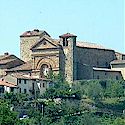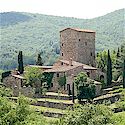The word salumi is a collective term for dried and cured meats such as prosciutto and sausages of the salami family, among others. It’s very similar but not identical in meaning to the French expression charcuterie. Lardo, cured lard, is an exotic type of salumi. A Tuscan salumi selection as antipasto is typical fare in Italian restaurants while the particular constituents will vary not only from Region to Region but also Province to Province.
A full scale dinner in Tuscany starts with an antipasto – the course before the pasta – usually a plate of salami, prosciutto, crostini and pecorino, often with something sweet to put on the pecorino, as in the picture above. Farmers used to simply pour a drop of olive oil onto the pecorino, but honey, especially the dark honey originating from forests, is also very popular. Some add a bit of balsamic vinegar but that’s more a speciality of Emilia Romagna. I like a few drops of mosto, rendered down grape must. (By the way, must was commonly used as a cooking ingredient in ancient Rome. It was boiled down in lead or bronze kettles into a milder concentrate called defrutum or a stronger concentrate called saba.)
When eating out, you can always order a single plate of salumi to be shared by your group. A selection of Tuscan salumi also makes an excellent light lunch.
More about Tuscan culinary specialities.
More about the cost of eating out in Tuscany.
More about pecorino, ewe’s milk cheese.
About Elena Spolaor
Although Elena was born in Venice, she was brought up in Tuscany and is a historian and frequent contributor to online articles about life in Tuscany and Umbria. Her specialities are Tuscan and Umbrian local history and folklore.
- Web |
- More Posts(55)




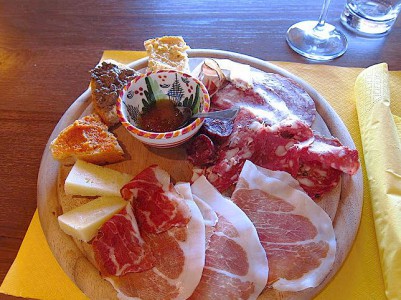
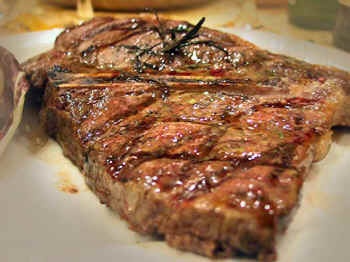
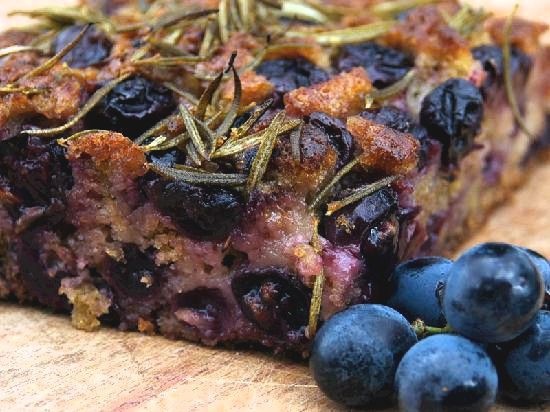
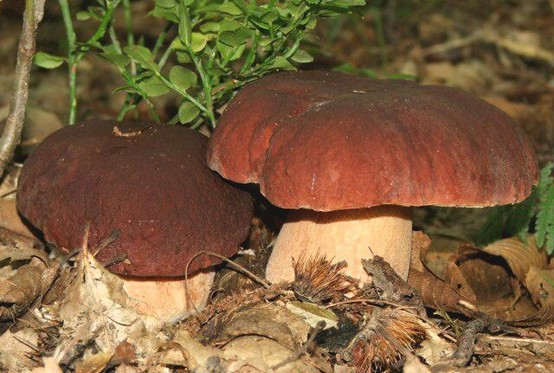
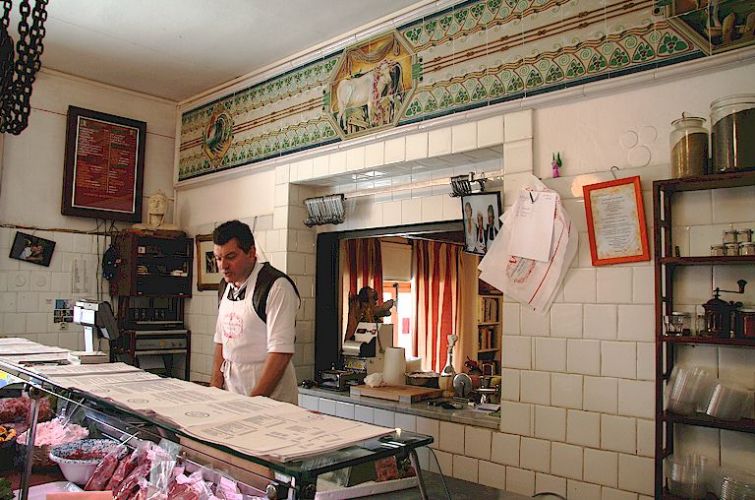
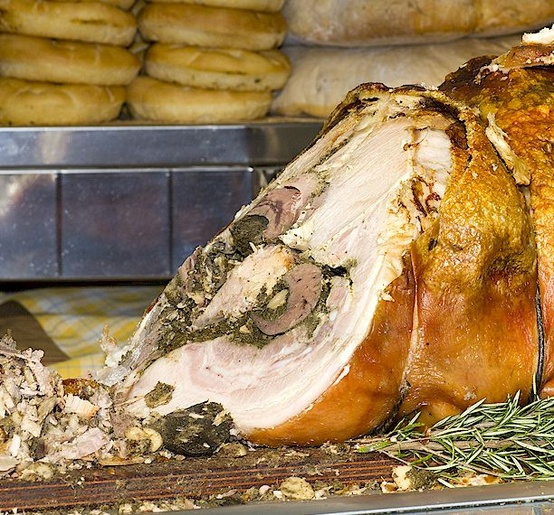
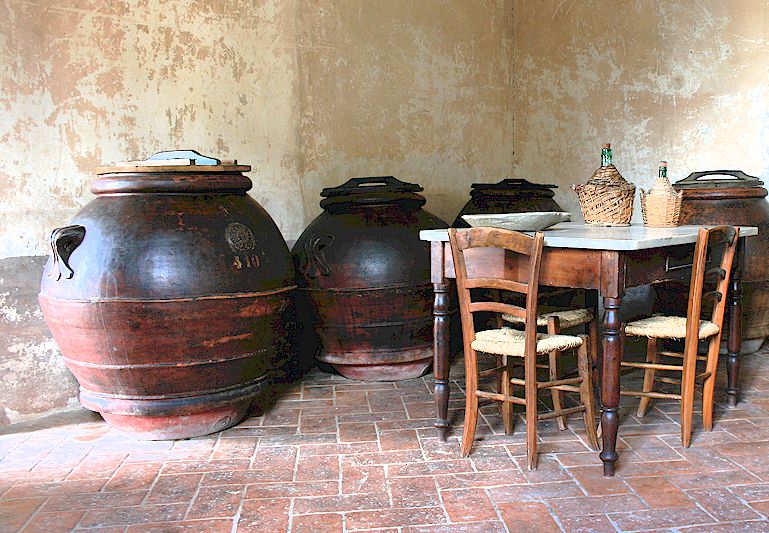
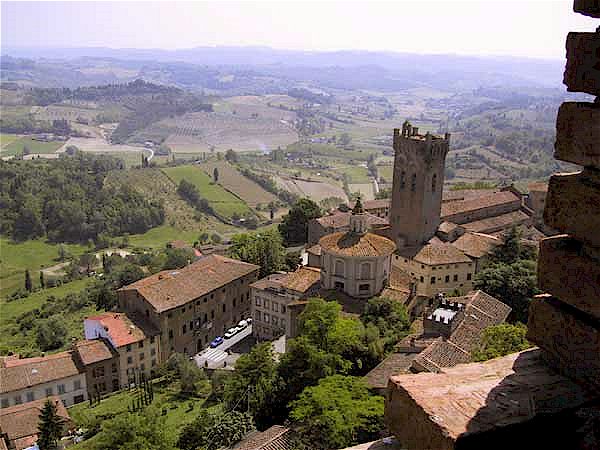
 Posted in
Posted in  Tags:
Tags: 